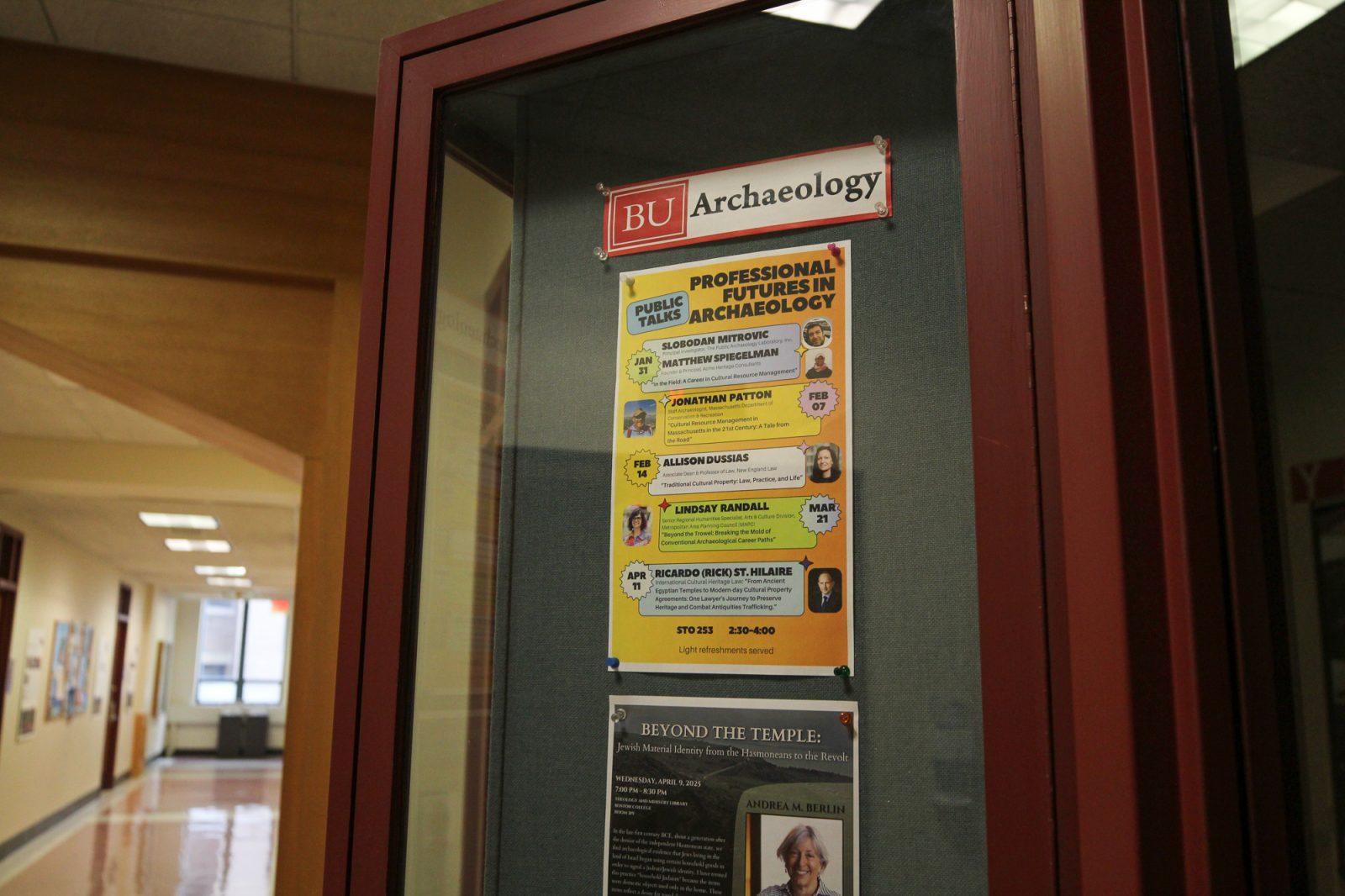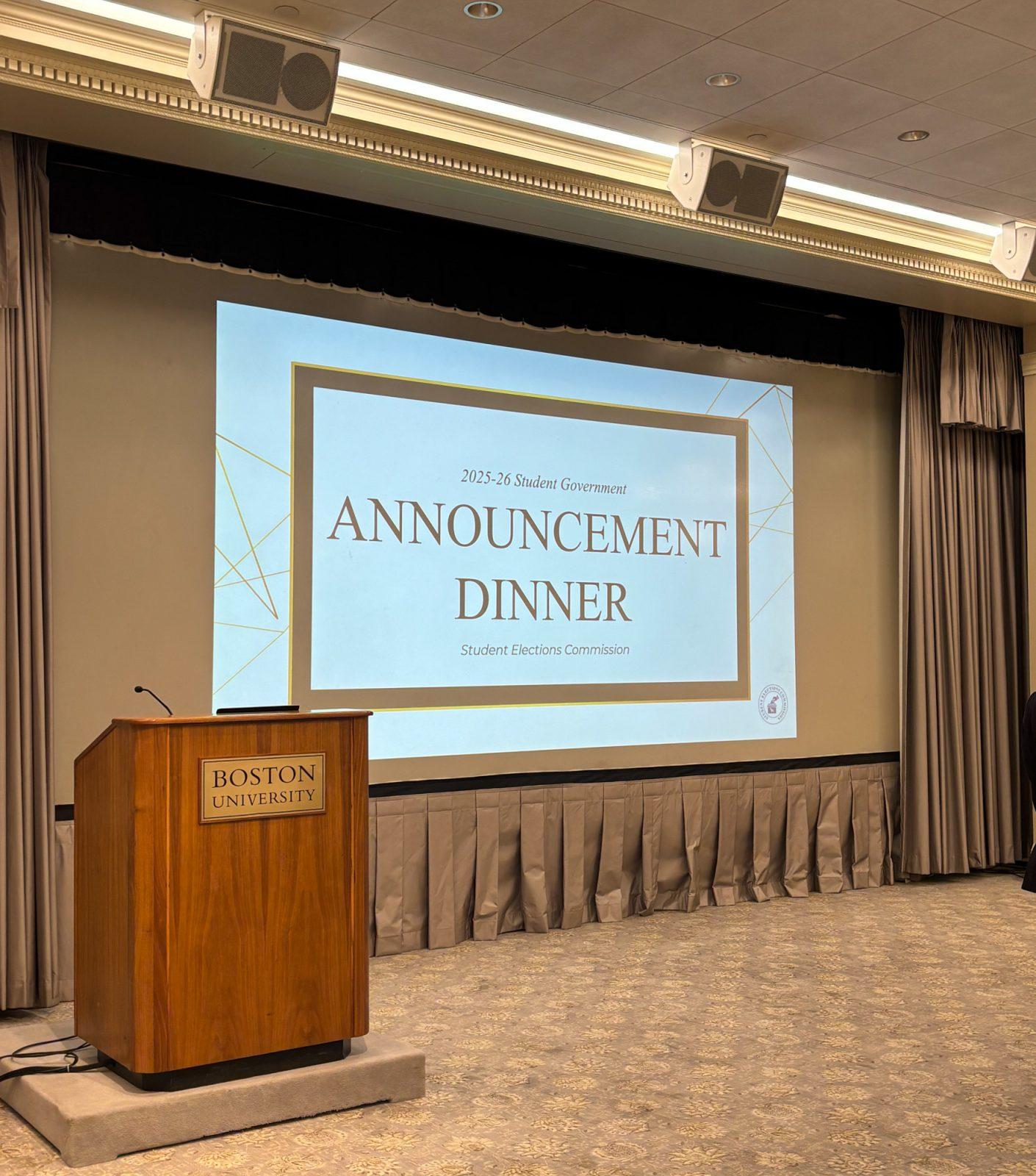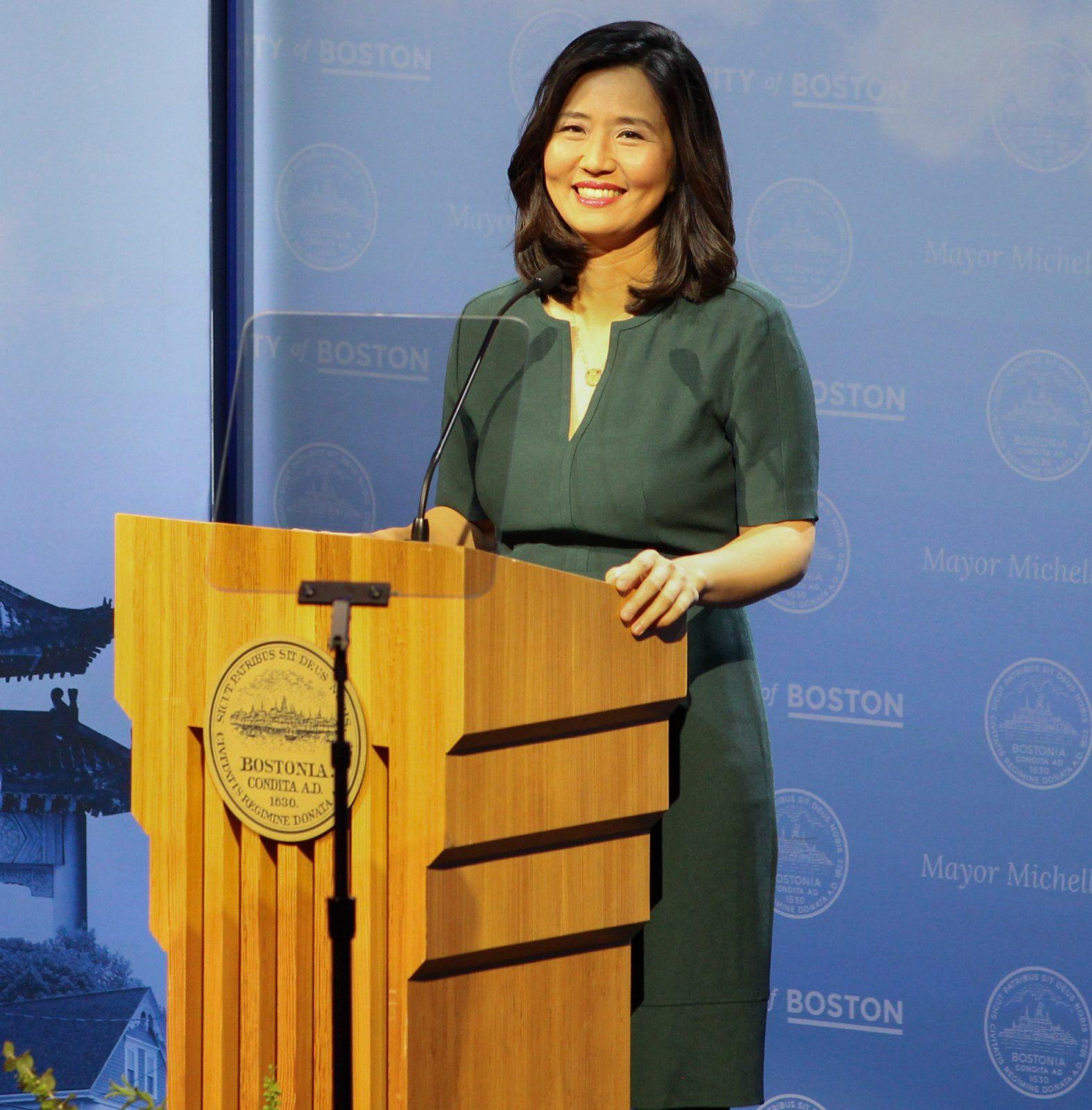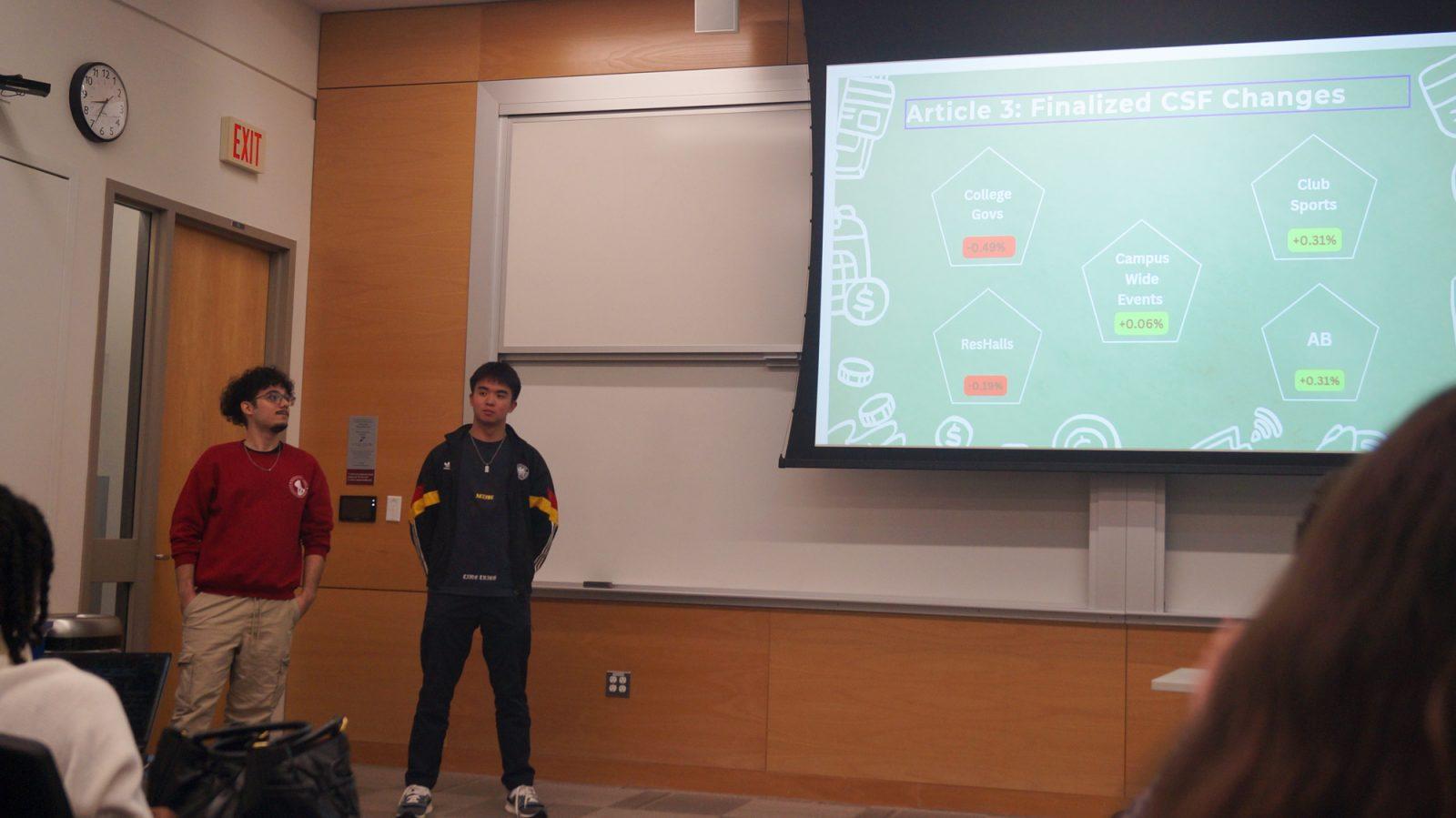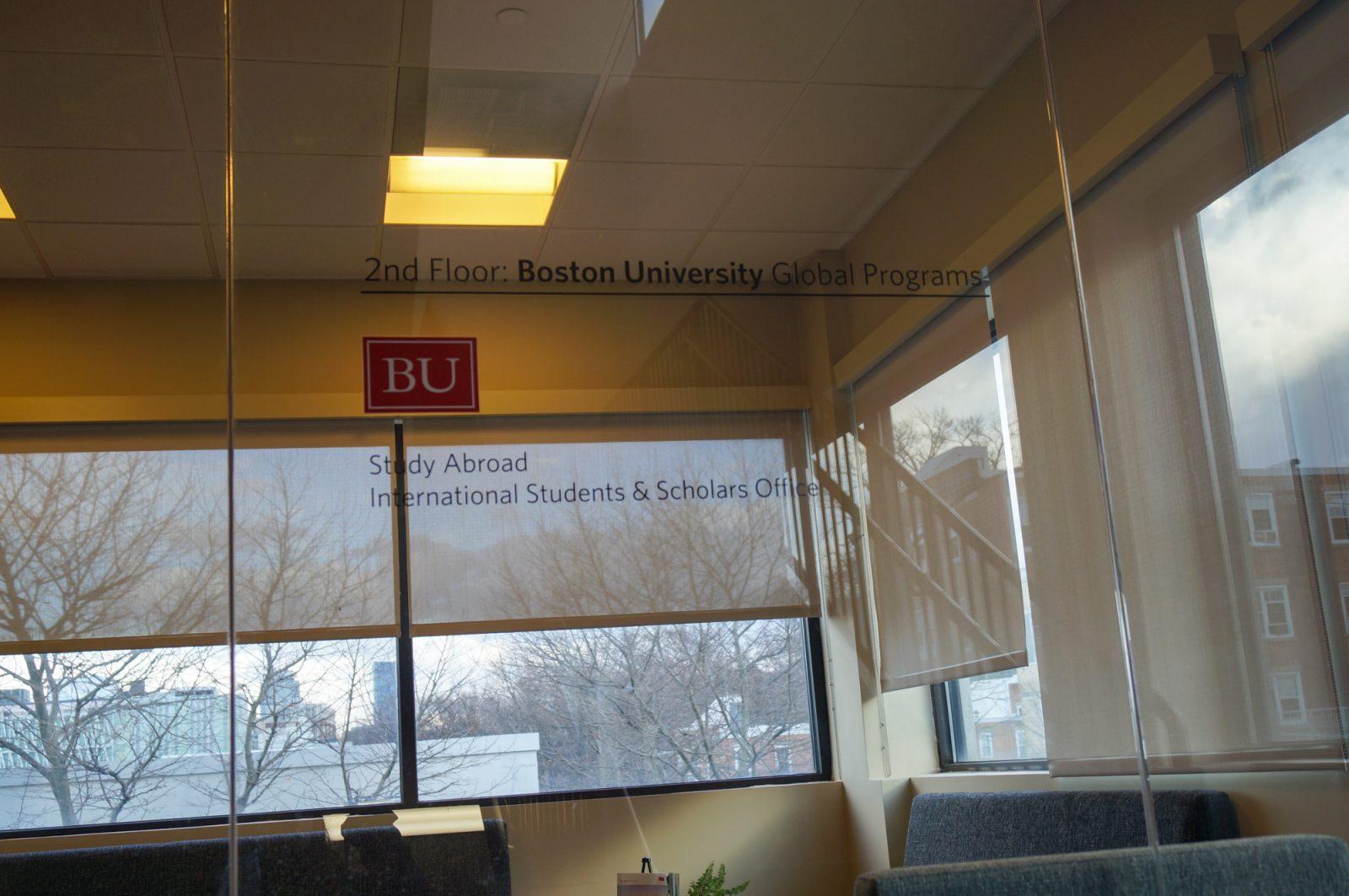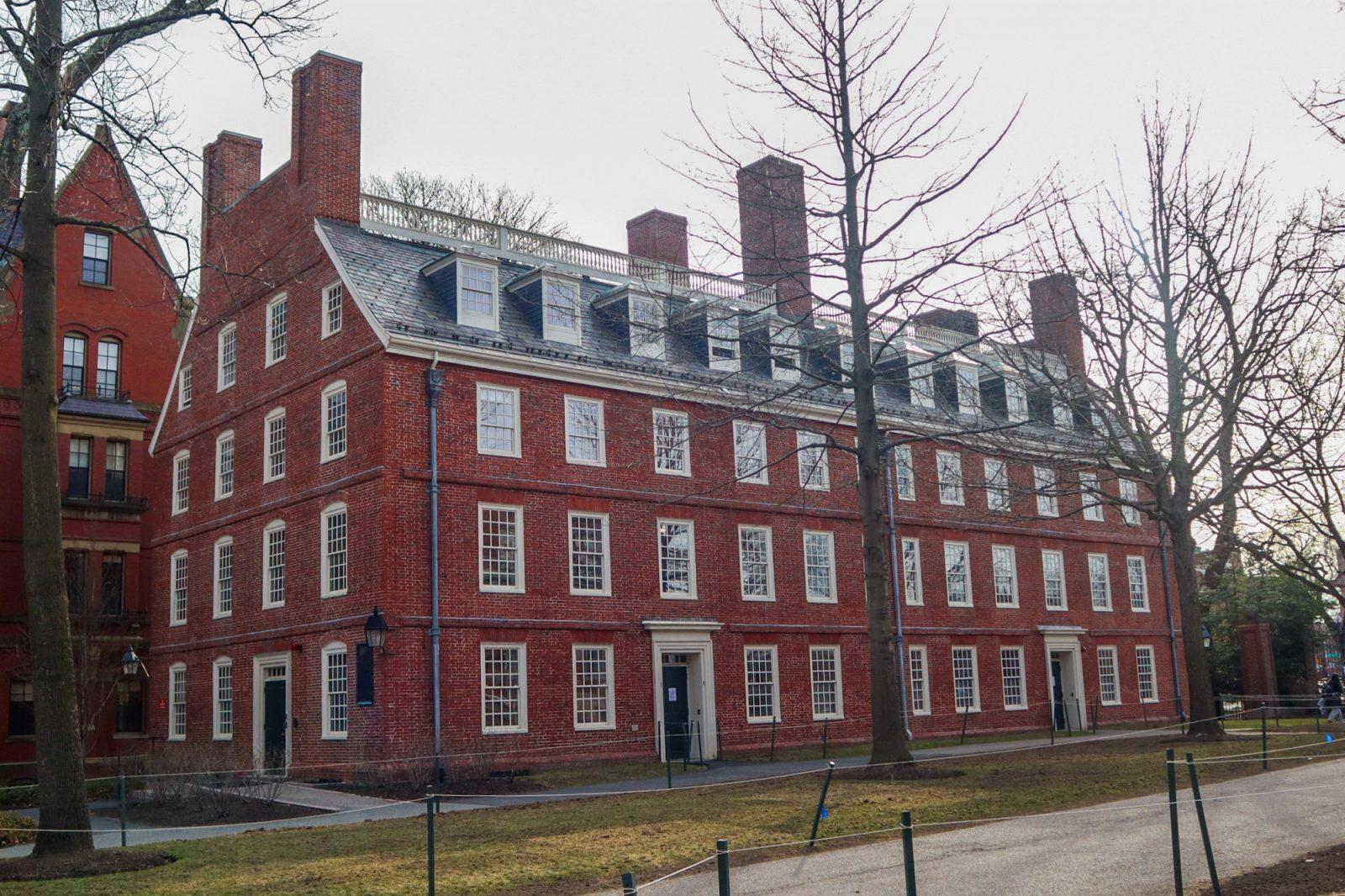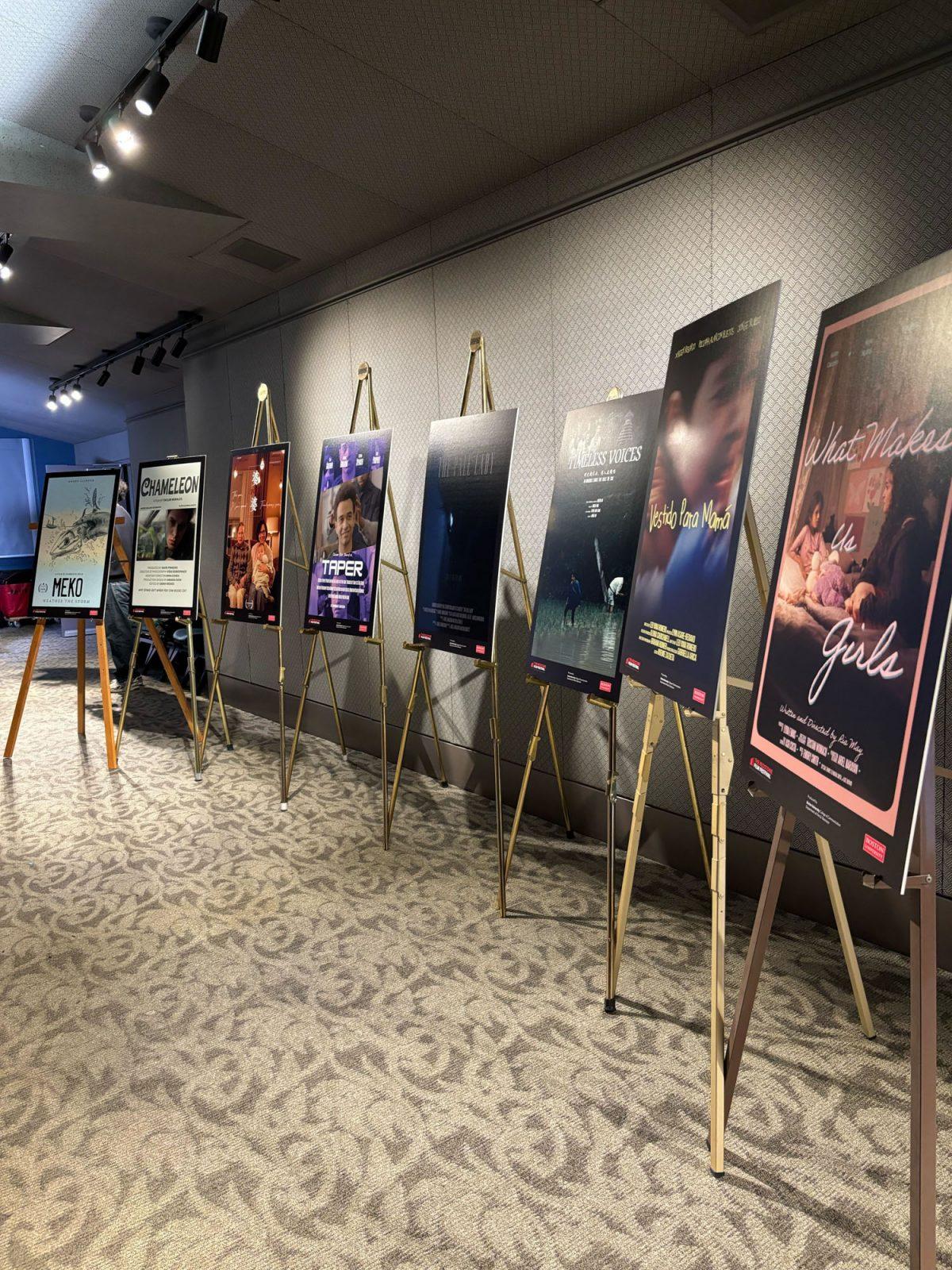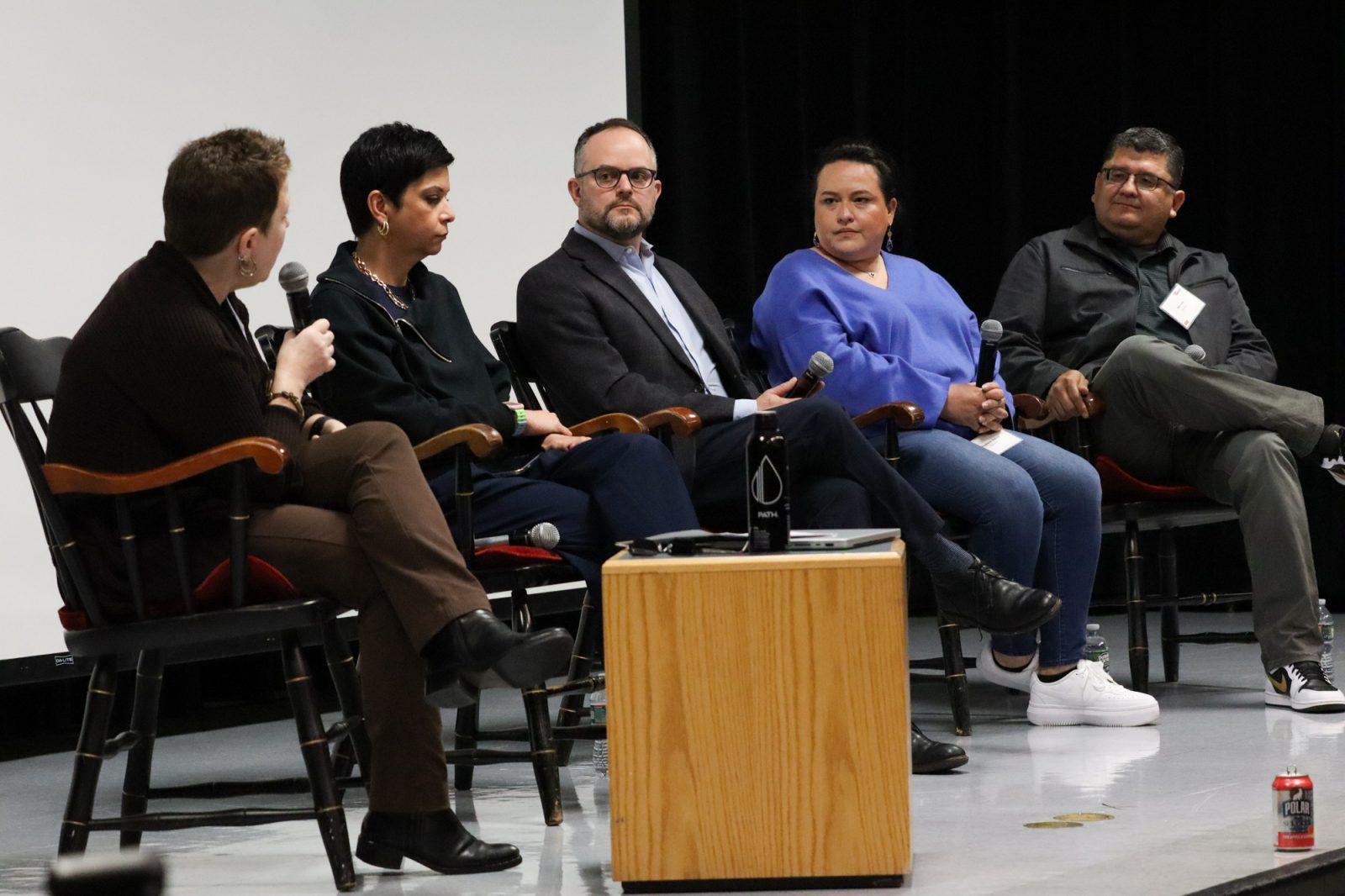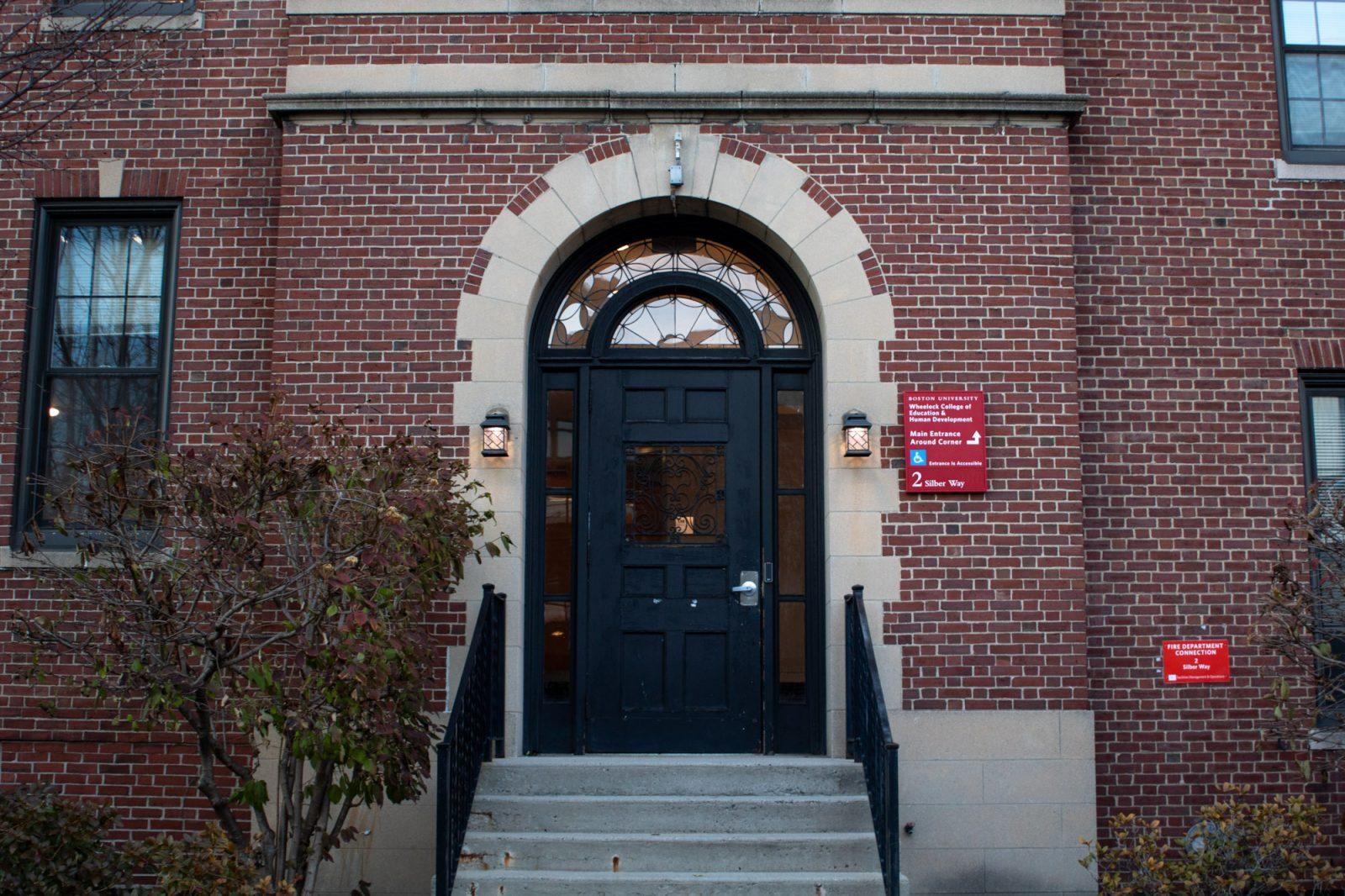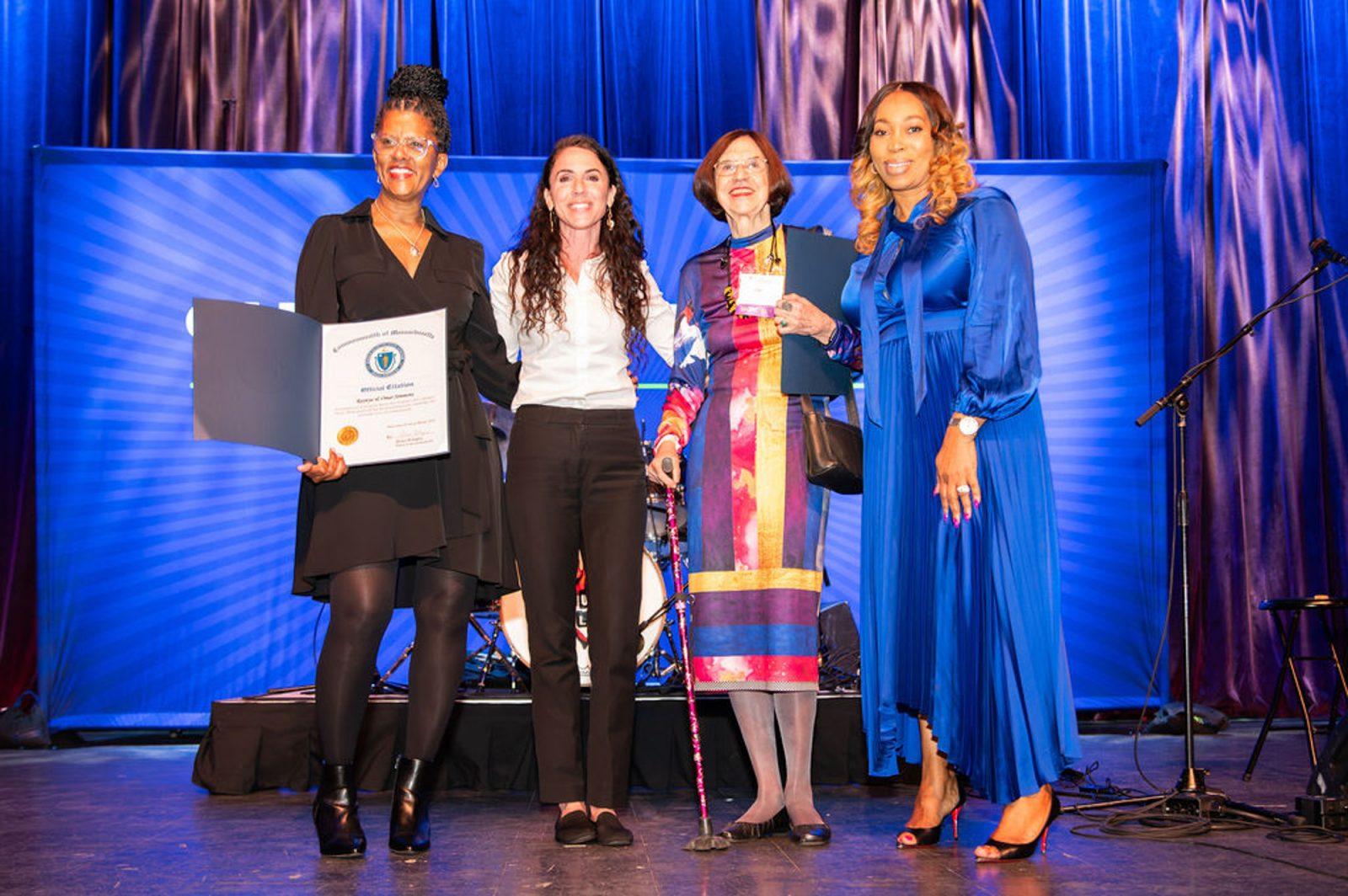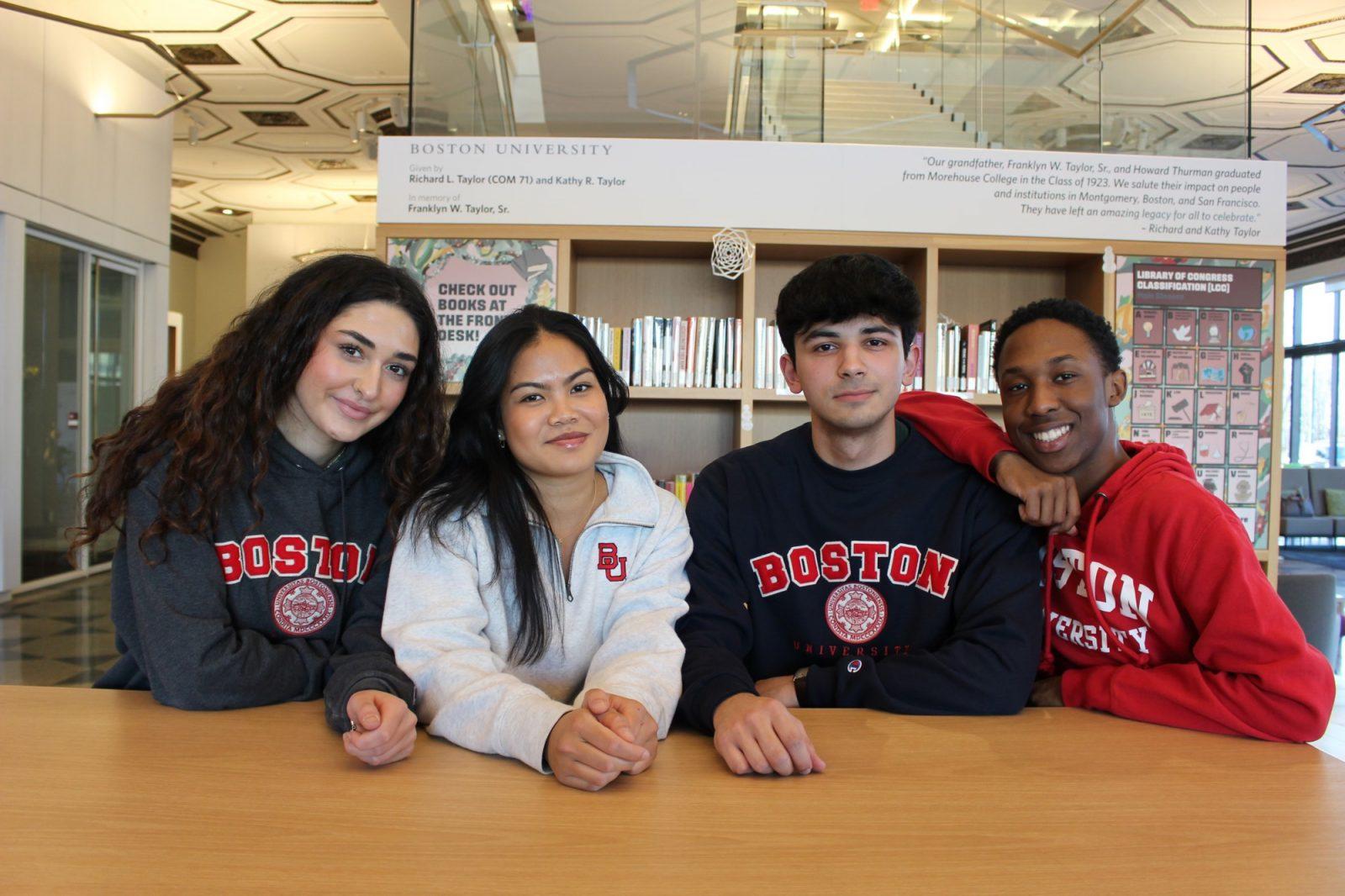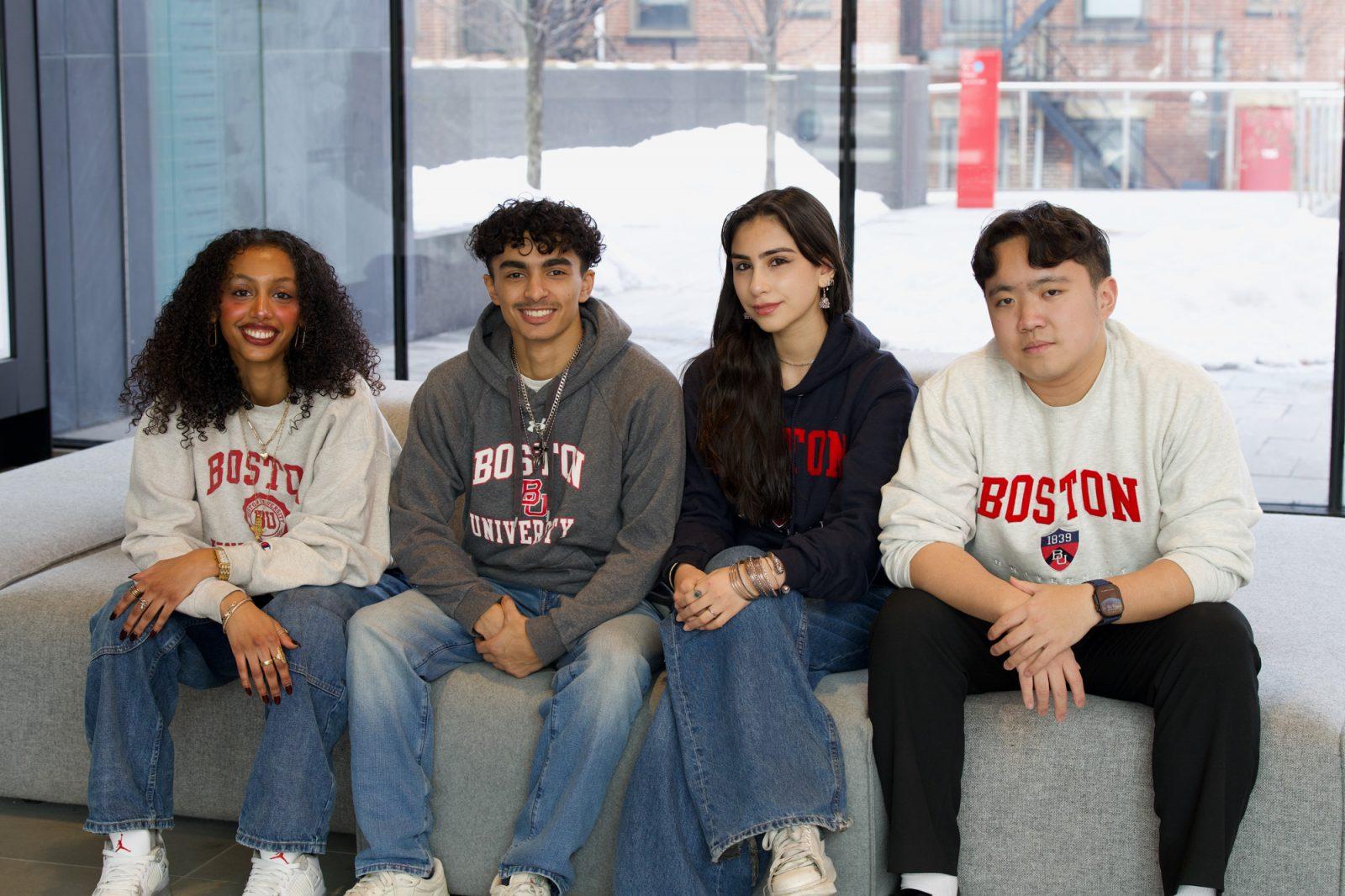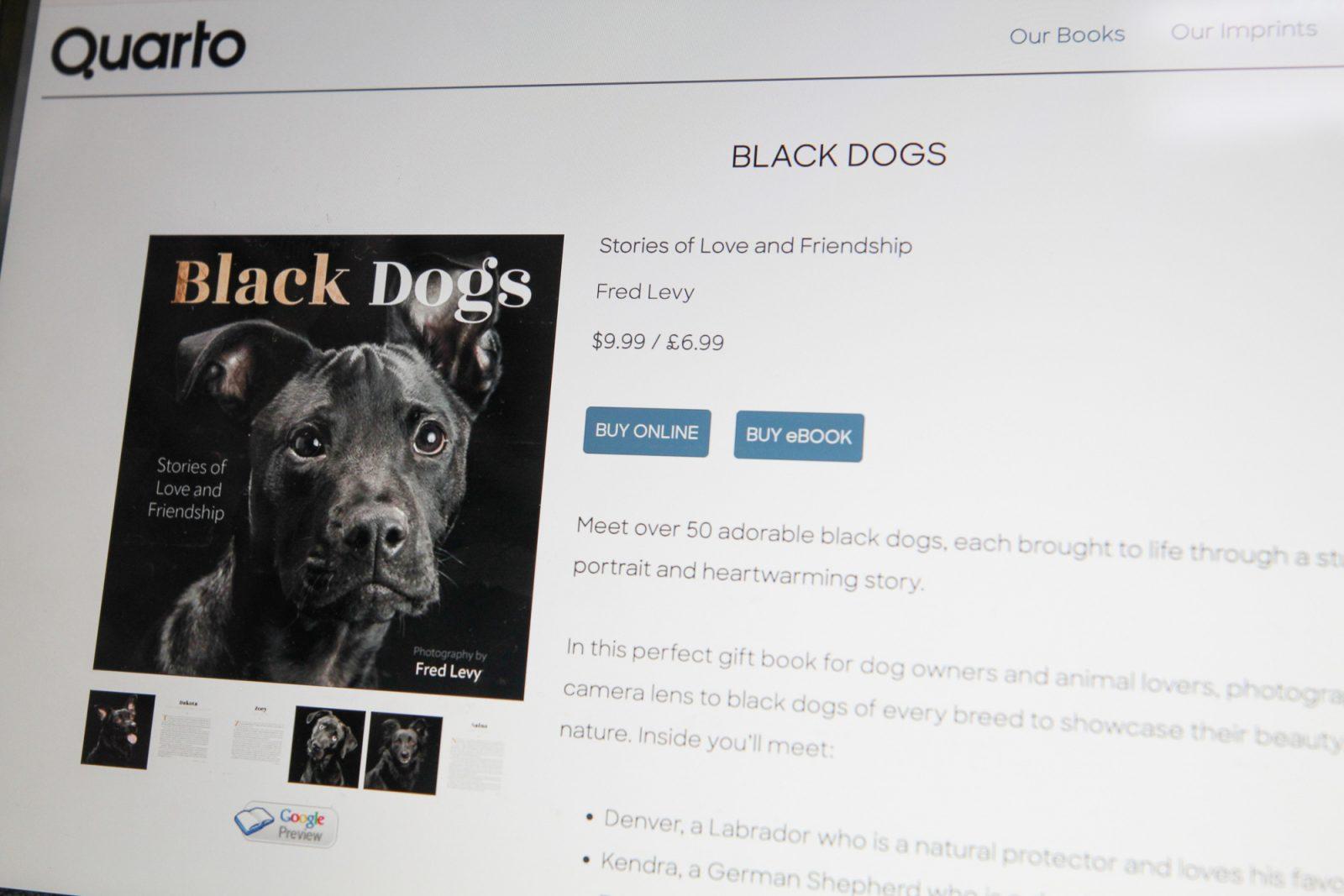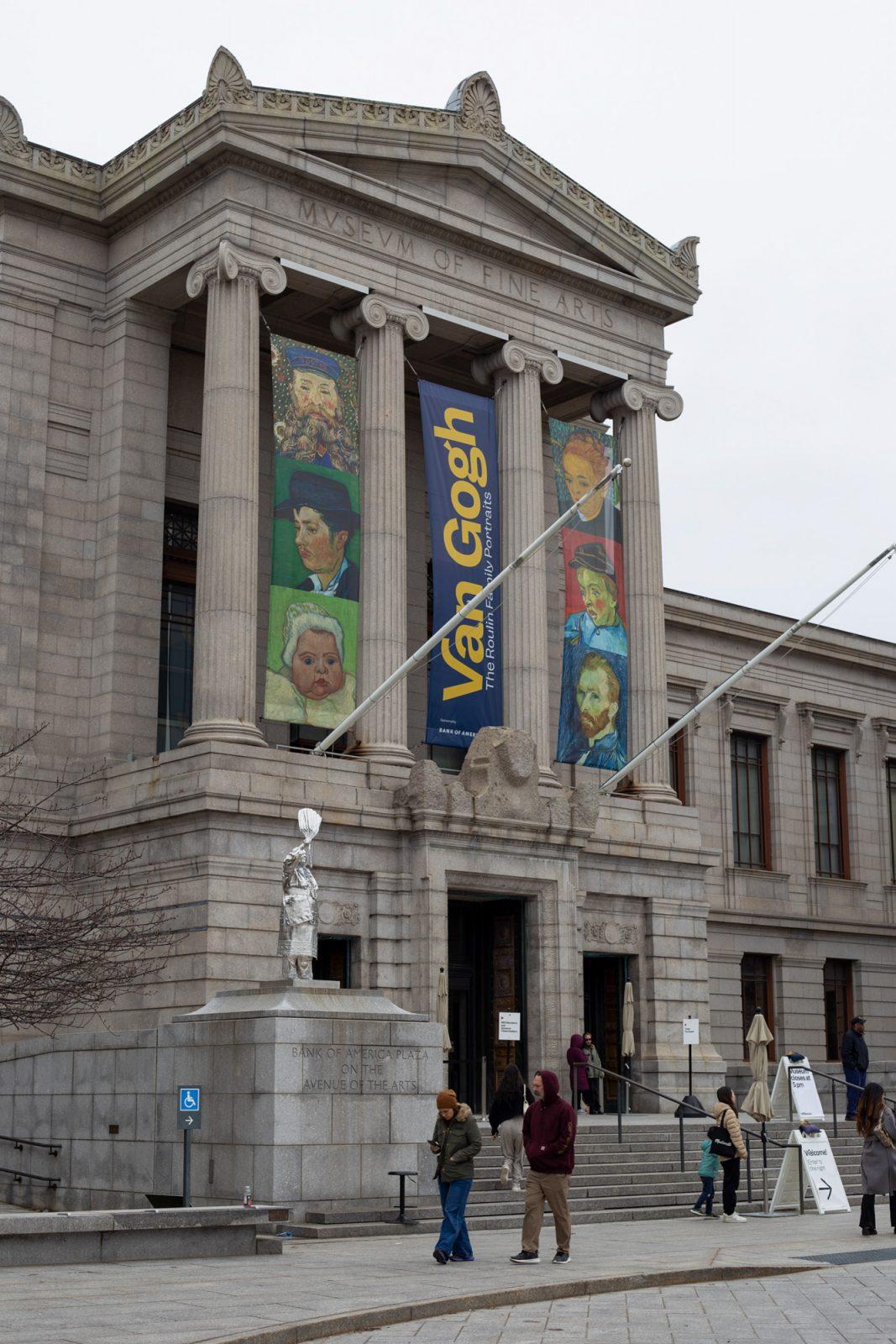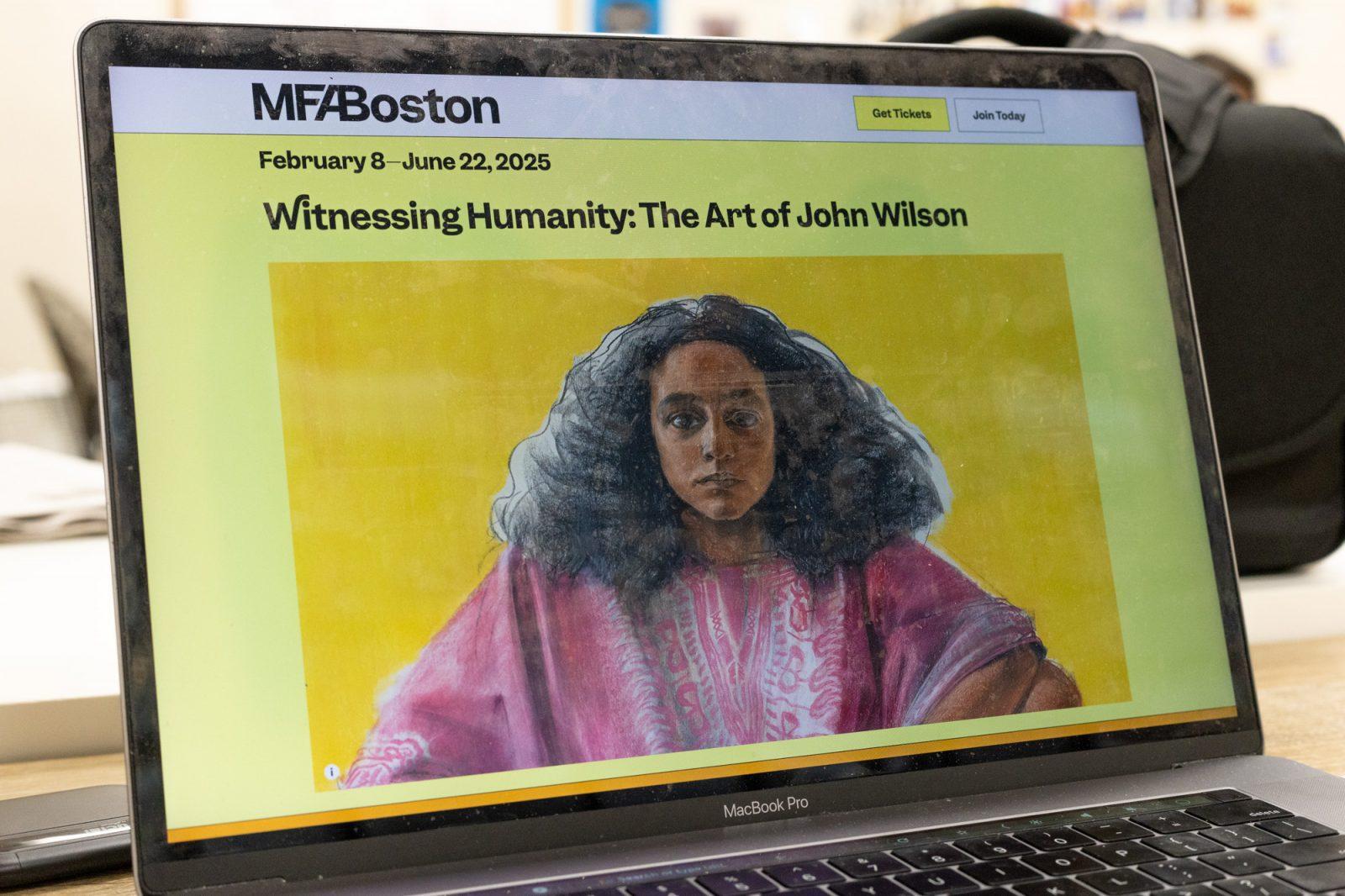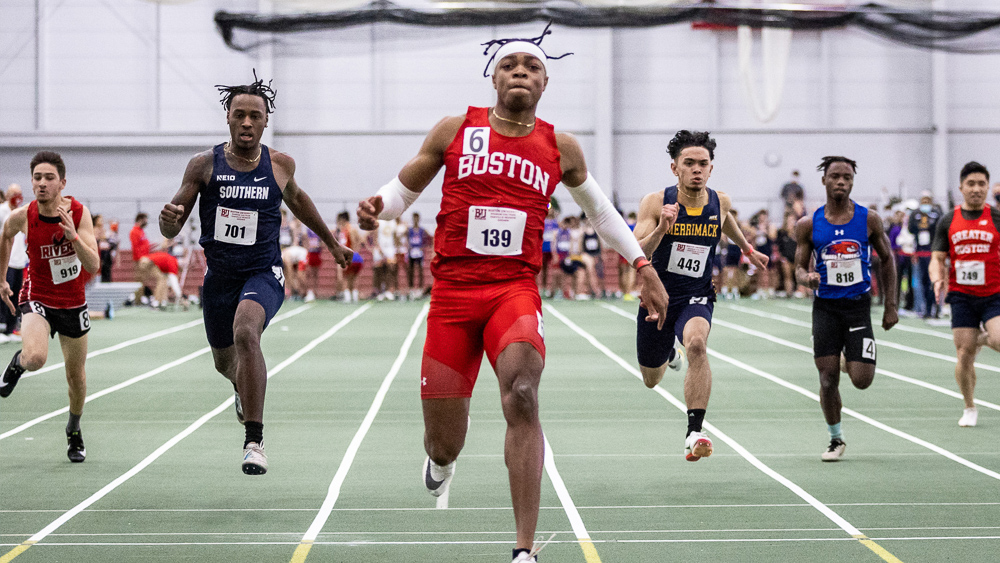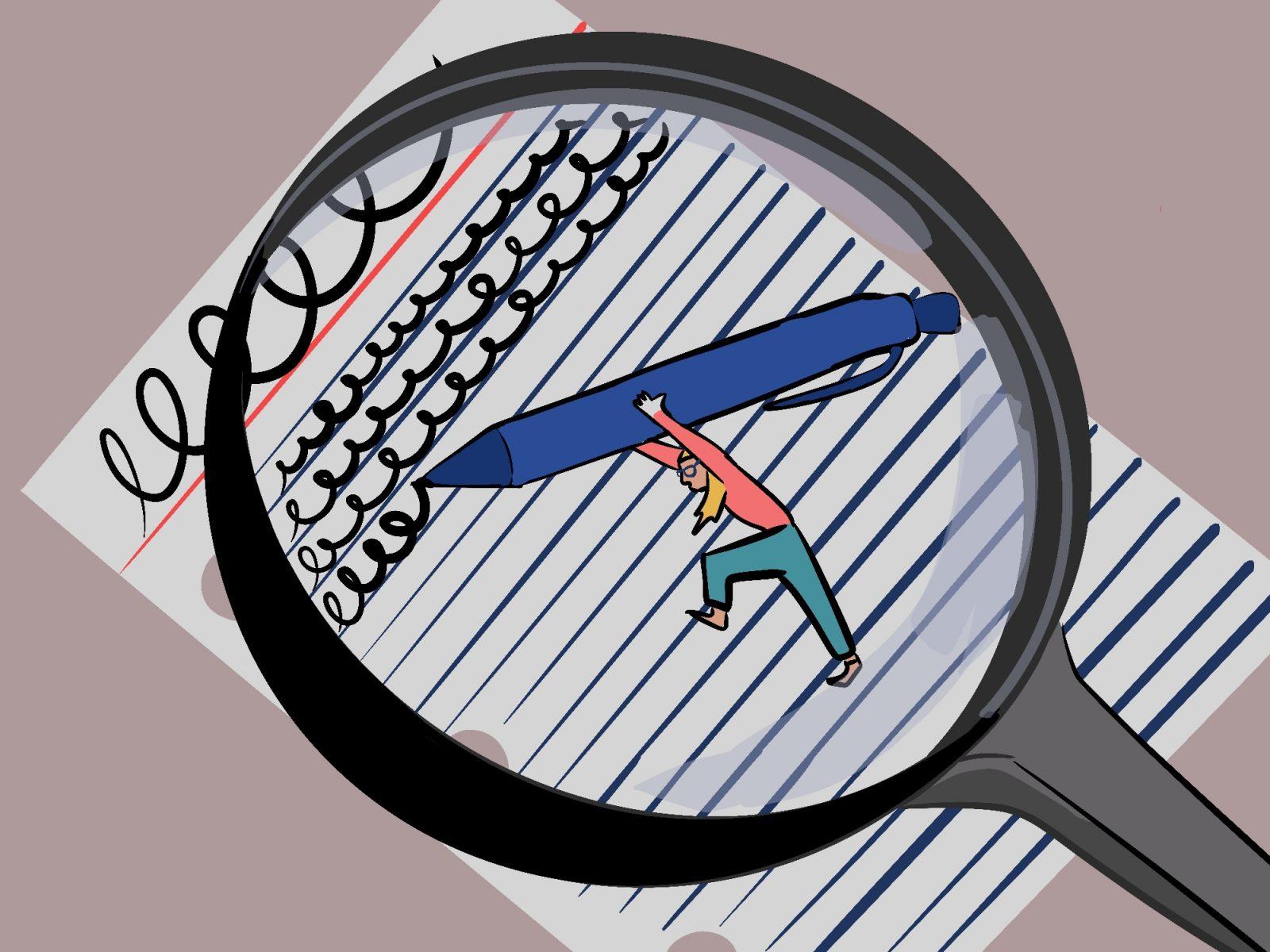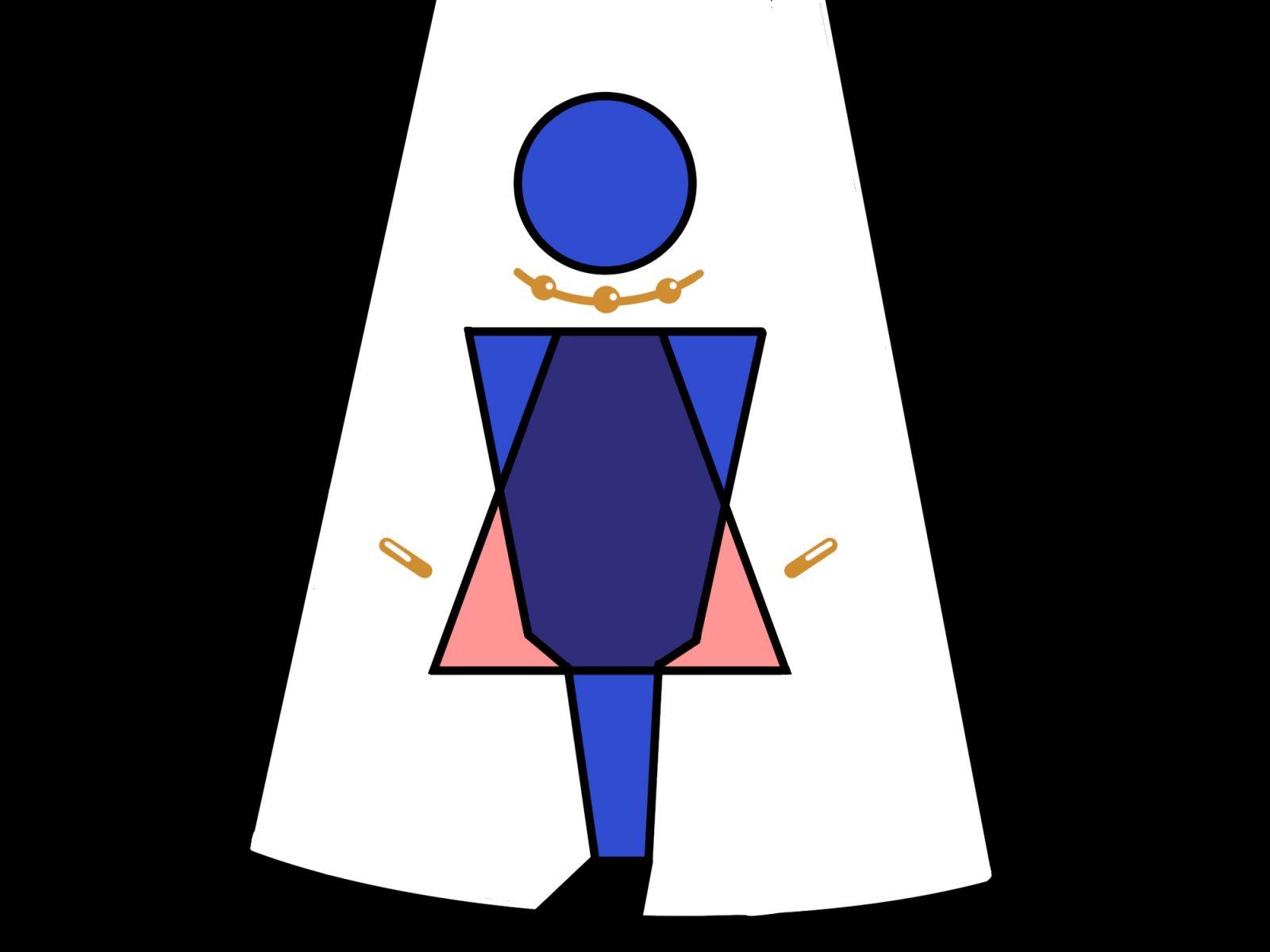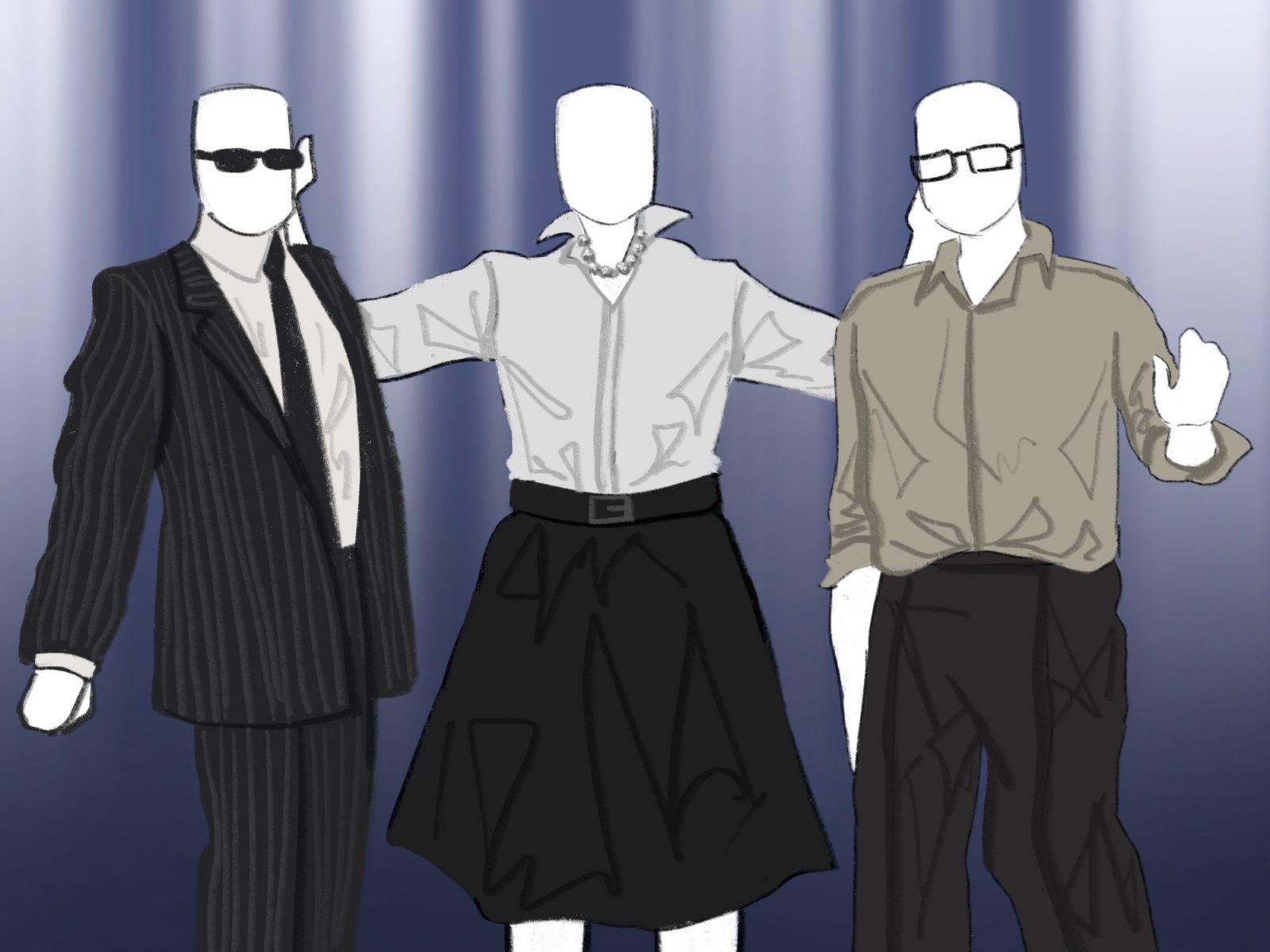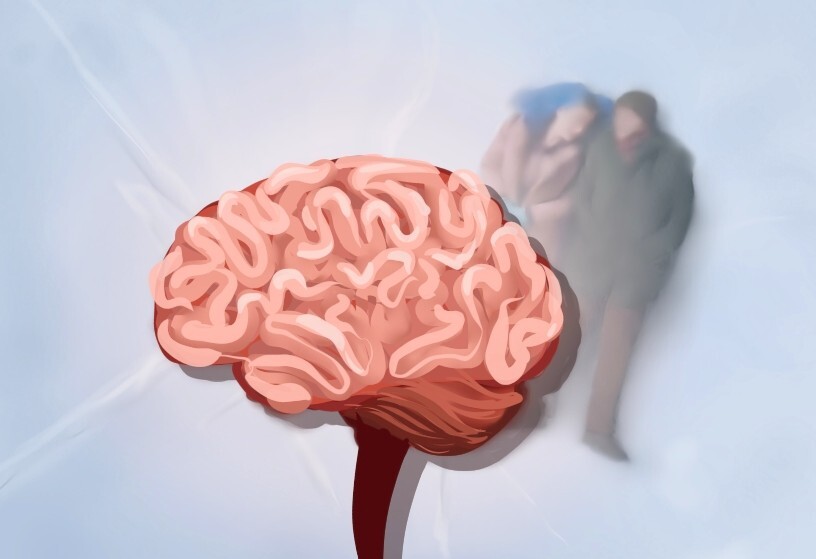Vanilla soft serve could get its flavoring from cow dung; hamsters (and potentially people) on Viagra could avoid the effects of jet lag; enemy soldiers might be so sexually attracted to each other they are too distracted to shoot. The ideas are odd and unorthodox, but scientists at the annual Ig Nobel awards proved that they can be made real.
WHAT?
Mayu Yamamoto, of Japan, developed a way to extract vanillin-vanilla flavoring-from cow dung. A group of scientists from Argentina discovered that Viagra aids jetlag recovery in hamsters. The Air Force Wright Laboratory developed a new weapon, the so-called “gay bomb.”
These and several other unusual discoveries were recognized at the Seventeenth “1st Annual” Ig Nobel Prizes at Harvard University’s Sanders Theatre Oct. 4, when over 1,200 people attended an evening of entertainment and (some) explanation to honor scientists for such achievements, which make people laugh first – and then think.
“A lot of scientists have done things that nobody has ever heard of and may never will,” said Marc Abrahams, editor of Annals of Improbable Research, the science humor magazine that sponsors the event.
The event honors scientific discoveries in aviation, biology, chemistry, economics, linguistics, literature, medicine, nutrition, peace and physics.
EATING WITH OUR EYES
Brian Wansink of Cornell University received an Ig in Nutrition for work he did with the infamous “freshman fifteen” weight gain in mind, exploring the seemingly boundless appetites of humans.
Wansink surveyed Parisians and Americans on reasons they decide to stop eating. The 150 Parisians surveyed cited internal cues, such as ‘I feel full’ or ‘the food no longer tastes good,’ while the 150 Chicagoans surveyed gave external reasons, such as ‘when my plate is empty’ or ‘the TV show I’m watching is over.’
But what if there were an endless supply of food? Wansink decided to study what would happen if the bowl never emptied. Wansink recruited fifty-four participants to indulge in a creamy tomato soup from a bottomless bowl, which refilled as its contents were consumed.
“We found when we gave refillable soup bowls, people ate 73 percent more soup, but when asked if they were full, they’d say, ‘No, I still have half a bowl of soup left,’ because they were eating with their eyes and not with their stomachs,” he said.
College students, he said, tend to eat out of “bottomless bowls” – huge bags of chips or containers of ice cream.
“But if you dish some out and put it in another container and see for a second what you plan on eating,” he said, “our studies show that you end up eating about 30 percent less.
“It shows how you can reverse these cues in your life to mindlessly eat less, without having to count calories or make food diaries.”
PET-SIZE PRESCRIPTION
There’s a new remedy for the weary traveler – at least, for the four-legged, furry, round kind – a group of scientists from Universidad Nacional de Quilmes in Argentina won an Ig Nobel in Aviation for their discovery that Viagra aids jetlag recovery in hamsters.
The idea came when Diego Golombek was working with mammals’ circadian rhythms – the daily activity cycle that runs, like in humans, on 24-hour intervals.
“In line with [the Ig Nobel philosophy], first we laughed and then we thought, why don’t we actually do the experiment?” Golombek said.
Golombek and coworkers Patricia Agostino and Santiago Plano were unable to arrange flights to test jet lag remedies on their hamsters, but instead simulated the effects of air travel between time zones by exposing them to abnormal light cycles.
“When you put the animals under a light/dark cycle, which is exactly what happens when you travel eastward or westward, the animals take a while until they adapt. With Viagra they take less time.”
For humans and hamsters, Golombek said it is important to train the internal clock. “If it doesn’t get synchronized to 24 hours, it’s useless, because after a few days you’ll be out of sync with the world,” Golombek said.
He said the main synchronizing agent is light, which reaches the clock by the messenger molecule cyclic GMP. But a certain enzyme in the body breaks down cyclic GMP. The breakdown elevates the effects of jetlag. However, the active compound in Viagra (sildenafil) inhibits the breakdown of cyclic GMP.
Golombek said they might have found a new mechanism for the treatment of circadian disorders like insomnia.
“It’s something we were not after, I have to confess, but now we are very interested in looking at that,” he said.
ACKNOWLEDGING THE IG
“I think [the Ig Nobel Prizes] humanize scientists,” Golombek said. “They’re not these serious, solemn people who are always wearing a lab coat, that don’t eat or don’t make jokes. Science is something more than that. It’s a very interesting way of living your life because you’re always asking questions. I certainly think it does inspire people to look at science and scientists in another way.”
The Ig Nobel Board of Governors, comprised of editors of the Annals of Improbable Research, scientists, science writers and past Ig Nobel recipients, carry on the awards in hopes they will ignite interest in the scientific field. They select ten winners from about 6,500 applications from around the world every year.
“In the lab, we hope to get experiments published and that students will get their dissertations ready,” Golombek said. “Other than the small group of people who are in your field, you don’t think you’ll get people’s interest.”
Former Ig winners in attendance included Don Featherstone (creator of the plastic pink flamingo), Kees Moeliker (who reported the first scientifically recorded case off homosexual necrophilia in the mallard duck) and Francis Fesmire (the first doctor to cure intractable hiccups by applying digital rectal massage).
“It’s a shame that probably…nobody will ever officially acknowledge that this person did something nobody else has ever done,” Abrahams said.
At the ceremony, six winners of the real Nobel prize presented the awards – and one, winner of the 1998 Nobel Prize for Physics, Robert Laughlin, was offered as the prize for a “win-a-date-with-a-Nobel-Laureate” contest.
And the Ig goes to…
The winners of one award – co-authors of a medical report, “Sword Swallowing and Its Side Effects” – had never met prior to last week’s ceremony; radiologist Brian Witcombe of the United Kingdom and Dan Meyer of Tennessee had corresponded via telephone and email.
“Somebody sent me an email of a sword swallowing x-ray, and I thought, how the hell did they do that?” Witcombe said. “Part of my job is looking at these so I may perceive it in a way that somebody else might not.”
After finding little concrete information on sword swallowing, he emailed Meyer, Chief Executive of the Sword Swallowers Association International, and the two collaborated.
Tbase of over 100 swallowers to find out how they learned their craft, and study the kinds of side effects they encountered.
“The medical interest in this subject is clearly perforation of the esophagus,” Witcombe said. “People have things stuck down their throats medically quite frequently, and it’s a rare complication to perforate. I think the interesting thing, although our data is not robust, is that sword swallowers usually recover better from a perforation than other patients.”
As Witcombe accepted his award, he said, “Knowledge advances when people of two different backgrounds come together over an issue of common interest, and that is what we did here.” But Meyers went first, and his sword swallowing act for the audience’s entertainment was a tough one to follow.
Silly Science
“The thing about the Ig Nobels is . . . these are questions that people want to know about, and this is real science being done in those areas,” said audience member Shaughn Bryant of Worchester. “When you look at it from the side, it’s really absurd, but all science is kind of absurd. Sometimes it’s so esoteric that no one really gets it, but if it’s fingernails on a chalkboard or how a sheet wrinkles, the questions seem more real to people.”
“Every year there are more things crammed into [the ceremony],” Abrahams said. “We want the audience to feel they are never quite sure what’s going to happen in the next moment, and probably not quite sure what they just saw.”
But audience members don’t come out for the show just for a few laughs, and some wanted more than the entertainment they got.
“I found myself a lot more curious about . . . how someone gets to the point where they test Viagra in hamsters traveling on a plane,” said Worchester mechanical engineer Michael Wixon. “I wish there was more talking and explanation. I mean, I love the gags, but at some point, I really want to know more.”

